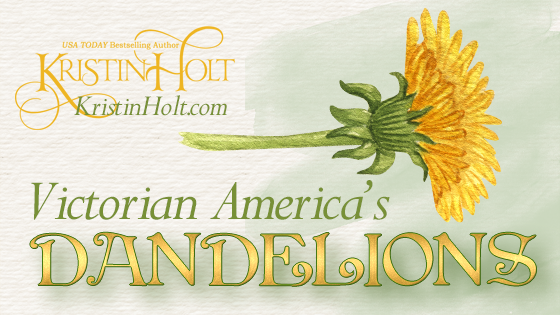
by Kristin Holt | May 31, 2022 | Articles
Dandelions were so much more than weeds to our Victorian ancestors. Not only were the tender plants sought for springtime vegetables and salads, but for tea, coffee, wine, beer, and prominent medicinal value. 19th century cook books and newspapers share the Victorian-American viewpoint on the value of dandelions from blossom to root. Recipes for edibles and curatives, advertisements, and more!
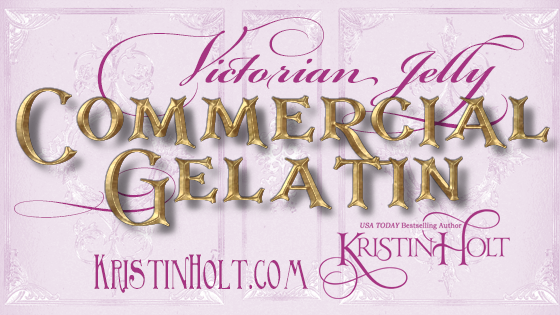
by Kristin Holt | May 28, 2022 | Articles
Credit goes to a Victorian-era inventor for out-of-a-box gelatin. What an amazing labor-saving invention! Until now, wives and daughters everywhere had been making gelatin out of pigs feet and a good deal of elbow grease.
How did nineteenth century scientists manage to capture the essence of gelatin and put it in a box? And how much did it cost?
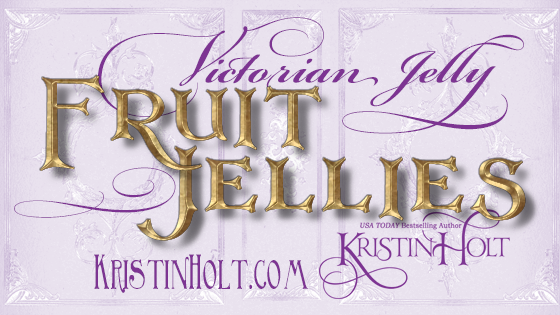
by Kristin Holt | Aug 25, 2021 | Articles
Nineteenth-century recipes for fruit jellies–the kind spread on toast or between cake layers. Vintage details instruct cooks on jellies (and jams) made of raspberry, cranberry, apple, strawberry, quince, three hues of currant, peach, plum, cherry, gooseberry, and more. How they capped their jelly tumblers might surprise you…
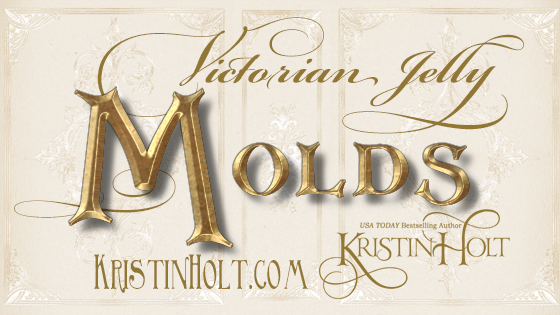
by Kristin Holt | Jun 19, 2021 | Articles
Fancy jellies graced 19th century tables, molded in dishes made of tin, zinc, copper, and various ceramics. Photographs of antiques, together with vintage advertisements, illustrate this Victorian kitchen staple.
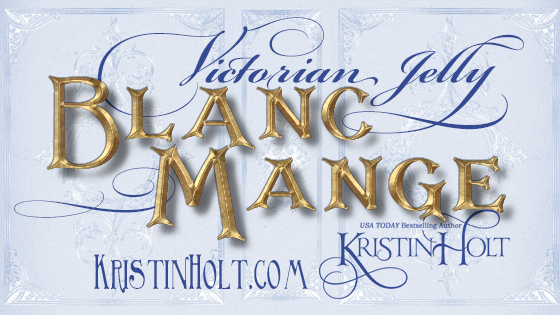
by Kristin Holt | Apr 23, 2021 | Articles
Blanc Mange (blancmange) was a favorite throughout the nineteenth century, in the UK and in the States. Victorians thickened this favorite gelled dessert with a wide variety of articles, old and new. Vintage recipes gathered from era cook books and newspapers, along with newspaper advertisements, show the wide range of blanc manges in Victorian dining.













